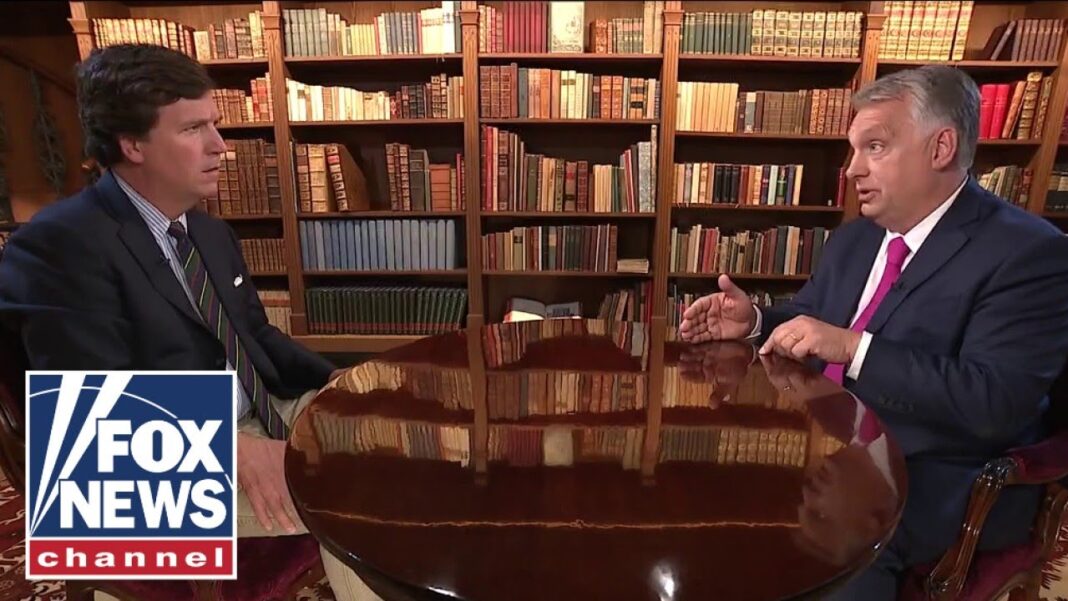Video: A New York Times analysis of over 100,000 government bidding documents found that China’s ambition to collect digital and biological data from its citizens is more expansive and invasive than previously known.
Four Takeaways From a Times Investigation Into China’s Expanding Surveillance State
Times reporters spent over a year combing through government bidding documents that reveal the country’s technological road map to ensure the longevity of its authoritarian rule.
China’s ambition to collect a staggering amount of personal data from everyday citizens is more expansive than previously known, a Times investigation has found. Phone-tracking devices are now everywhere. The police are creating some of the largest DNA databases in the world. And the authorities are building upon facial recognition technology to collect voice prints from the general public.
The Times’s Visual Investigations team and reporters in Asia spent over a year analyzing more than a hundred thousand government bidding documents. They call for companies to bid on the contracts to provide surveillance technology, and include product requirements and budget size, and sometimes describe at length the strategic thinking behind the purchases. Chinese laws stipulate that agencies must keep records of bids and make them public, but in reality the documents are scattered across hard-to-search web pages that are often taken down quickly without notice. ChinaFile, a digital magazine published by the Asia Society, collected the bids and shared them exclusively with The Times.
This unprecedented access allowed The Times to study China’s surveillance capabilities. The Chinese government’s goal is clear: designing a system to maximize what the state can find out about a person’s identity, activities and social connections, which could ultimately help the government maintain its authoritarian rule.
Here are the investigation’s major revelations.
Chinese police analyze human behaviors to ensure facial recognition cameras capture as much activity as possible.
Analysts estimate that more than half of the world’s nearly one billion surveillance cameras are in China, but it had been difficult to gauge how they were being used, what they captured and how much data they generated. The Times analysis found that the police strategically chose locations to maximize the amount of data their facial recognition cameras could collect.
By Isabelle Qian, Muyi Xiao, Paul Mozur and Alexander Cardia








